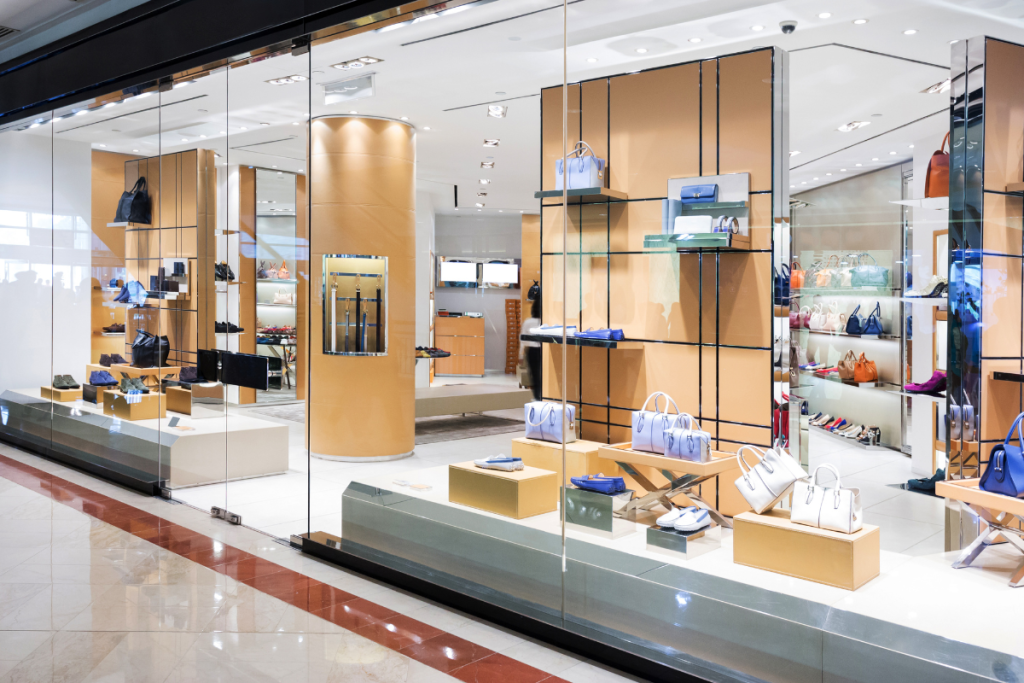RH’s Q1 2025 earnings reveal how the luxury home retailer is adapting its supply chain to thrive amid global uncertainty. Through strategic sourcing, flexible real estate models, and disciplined cash flow management, RH(Restoration Hardware) continues to expand its global footprint while mitigating risks from tariffs and market volatility.
Sourcing Shifts and Tariff Management
In a year marked by tariff uncertainty and shifting geopolitical dynamics, RH (Restoration Hardware) is demonstrating the value of strategic sourcing in supply chain risk management. During its Q1 2025 earnings call, the company revealed that it is significantly reducing its reliance on China, with plans for 52% of its upholstered furniture to be produced in the U.S. by the end of 2025, alongside 21% in Italy.
By strategically reorienting its production footprint, RH not only mitigates exposure to trade disruptions but also enhances its competitive position, ensuring that its supply chain remains resilient regardless of global shifts.
Maintaining Cash Flow Amid Market Volatility
Despite a challenging housing market, RH has managed to maintain strong financial performance, with a forecast for free cash flow of $250 million to $350 million in 2025. The company’s ability to generate cash flow and reduce inventory levels reflects its disciplined approach to managing operations.
By focusing on free cash flow generation while continuing to invest in global expansion, RH is positioning itself to remain agile in uncertain times. This financial flexibility is essential for supply chain leaders, who must ensure that cash flow is not compromised by rising costs or slow-moving inventory, especially in a climate of ongoing market volatility.
Cost-Efficient Expansion in Key Markets
RH’s approach to real estate offers valuable insights into managing the intersection of supply chain and retail strategy. The company’s innovative “Design Compound” model involves breaking down large retail spaces into smaller, adaptable units. This cost-efficient expansion strategy allows RH to scale its presence in key markets such as Paris, London, and Milan while minimizing capital expenditures.
The decision to open new galleries in high-profile locations demonstrates how businesses can think creatively about real estate, optimizing space and cost while ensuring brand presence in top global markets.
Membership Strategy and Demand Visibility
RH’s decision to increase membership discounts from 25% to 30% reflects a strategic move to capture market share during an uncertain retail environment. This increase not only strengthens customer loyalty but also provides greater visibility into demand, allowing RH to refine its forecasting and procurement processes.
RH’s membership model offers insights into how pricing and demand forecasting can be aligned to respond to shifting market dynamics. The membership approach also highlights the importance of using real-time data to anticipate customer needs, a key component of any modern supply chain strategy.
Embracing Flexibility as a Core Competency
In a world marked by unpredictable tariffs, geopolitical instability, and volatile consumer behavior, businesses must rethink how they build resilience. The ability to pivot quickly, whether in sourcing, real estate, or product strategy, will be the key differentiator.
Companies that can align their supply chains with long-term strategic flexibility, not just cost-cutting or short-term efficiency, will be better positioned to thrive as market conditions fluctuate. RH’s success may lie not in simply absorbing current disruptions, but in fostering a supply chain that is agile enough to pivot rapidly when the next challenge emerges.





